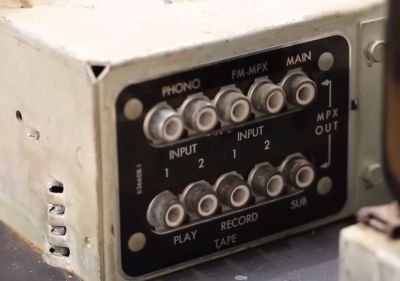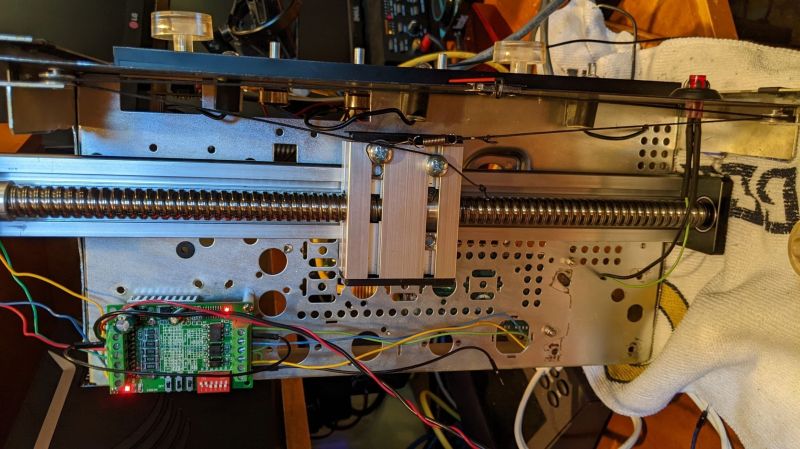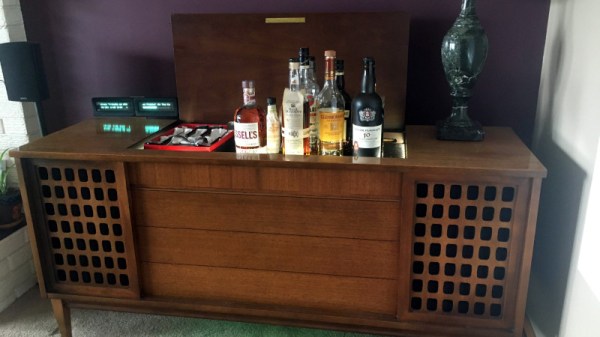Back in presumably the early 1960s, [David]’s grandfather bought a console stereo featuring a record player, AM/FM radio and a rather astounding stereo speaker system that would be more than enough to cover a small concert hall. Having inherited this piece of auditory art after his grandfather’s passing, [David] has given the console stereo a prominent place in his living room, which is where we start the tour in a new video on the [Usagi Electric] YouTube channel.

Being a 1950s-vintage design that got produced into the 1960s in a variety of models, the Magnavox Concert Grand is an all-tube affair, with the only presence of semiconductors being the three transistors found in the ‘Phantom’ remote control. [David] unfortunately does not posses this remote control, although the receiver module is present in the unit. It appears to be similar to the 1960 1ST800F in possession by [electra225] over at the Classic HiFi Care forum, which can provide 50 Watt per channel, yet as noted in the forum post, the 44 tubes alone draw about 250 Watt, with [electra225] recording 377 Watt total with everything cranked up. Clearly a high power bill was a price one had to pay for having high-end audio back in that era.
After [David] takes his unit apart – made very easy due to the modular construction – he goes through the basic circuitry of the power supply, the amplifiers and even has a peek at the circuitry of the remote control which appears to use basic frequency modulation to transfer the intended action to the receiver. All of this is made quite easy as full schematics are available for the entire system, as was standard back in those days. Interesting is also the I/O module, which features an MPX section, for demodulating stereo FM which wasn’t standardized yet at the time. Finally, tape drive connectors are available, which would have been likely a reel-to-reel unit for maximum HiFi enjoyment.
With the only broken thing in [David]’s unit being the snapped wire on the tuner of the radio module (ironically caused by the disassembly), all that was changed before reassembly was a good clean, after which the console stereo was put back and tested. Reflecting an era when HiFi equipment was supposed to blend in with other furniture, it will likely continue to do service for [David] as the world’s fanciest TV soundbar for the foreseeable future.
Continue reading “A Look At A 1960s Tube-Based Magnavox Concert Grand Console Stereo”















